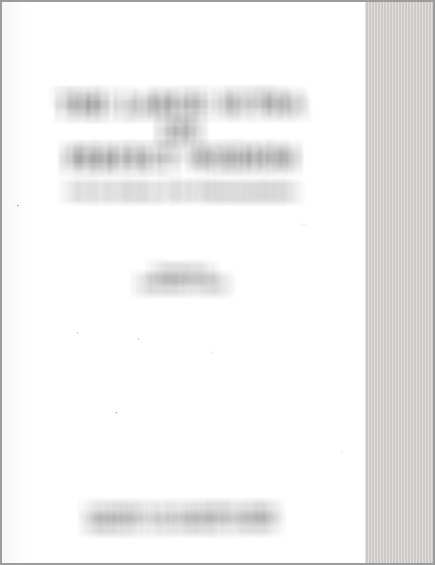Hanuman Nataka (critical study)
by Nurima Yeasmin | 2015 | 41,386 words
This page relates ‘Hanuman-Nataka, Act 9 (Summary)’ of the English study on the Hanuman-nataka written by Shri Damodara Mishra in the 11th century. The Hanumannataka is a Mahanataka—a fourteen-act Sanskrit drama dealing with the story of Rama and Hanumat (Hanuman) and presents the events in the lifes of Rama, Sita, Ravana and Hanuman (the son of Anjana and Vayu—the God of the Winds) based on the Ramayana story.
Hanuman-Nāṭaka, Act 9 (Summary)
In the 9th Act, it is found that Mandodarī, having seen the group of monkeys, Hanumat, Aṅgada and Rāma, suggested Rāvaṇa to make Sītā free and to send her to Rāma.[1] But Rāvaṇa refused. Hearing the words of Mandodarī, Rāvaṇa sent Śuka and Sāraṇa as messengers to the tent of Rāma.[2] Then minister Virūpākṣa said Rāvaṇa that Rāma was very powerful and he tried his best to get Sītā, so it was better for him to make Sītā free.[3] Mahodara, another minister of Rāvaṇa also agreed with Virūpākṣa. Rāvaṇa, having heard all this, made the decision to send Kumbhakarṇa first to the battle.[4] At the end of this Act there is found the comparison of the beauty of Sītā and Mandodarī. This Act is called as Mantrivākya [Mantrivākyam].[5]
Footnotes and references:
[1]:
[2]:
[3]:
[4]:
rāvaṇaḥ—
(sabhayaṃ saśiraḥkampaṃ svagataṃ vā svagatamevocyate) nītiśāstramidaṃ śrutvā kumbhakarṇaḥ kvacidbalī/
hanti cenmāmato yuddhe prathamaṃ preṣyatāmayam// ibid., IX.30
